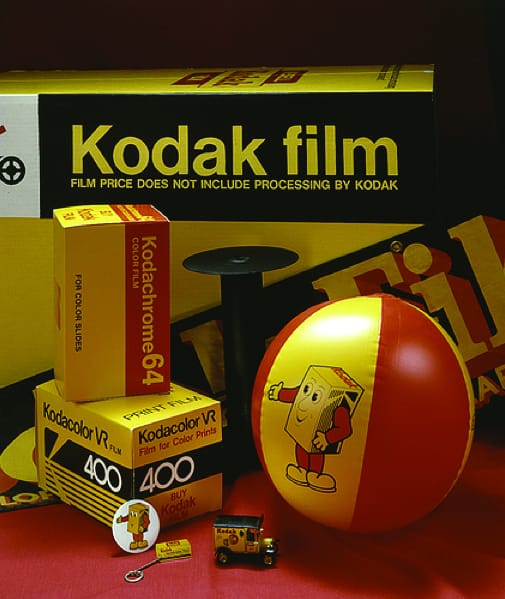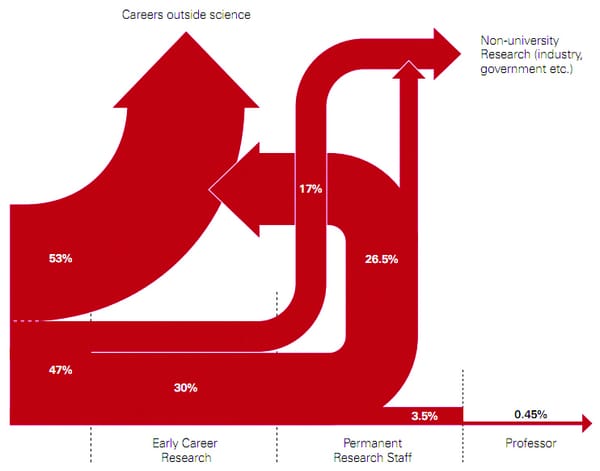Bankruptcy... A Kodak Moment?
Paolo Strampelli of the Imperial Entrepreneurs charts the history of a company that has struggled to keep apace with the times

Filing for bankruptcy… a Kodak moment” joked someone in an elevator at one of Goldman Sachs offices, according to the twitter account @GSElevator. On Thursday 19 January, (ex) photographic giant Eastman Kodak Co. filed for Chapter 11 bankruptcy. Low on cash, unable to effectively sell its assets, the company hopes through this move to slash its debts and, by forcing larger technology companies to pay to use its patents, stay in business. Kodak is now calling for a $950m bankruptcy loan, a call which seems to have been answered by the Citibank lending syndicate.
Eastman Kodak, or ‘Kodak’ as it is most commonly known, was founded in 1899 by George Eastman in Rochester, New York. In 1900 it introduced to the American public the Brownie camera, the first camera to be produced and sold en masse. Innovation and mass production were about to put the world into cars and airplanes, the American Century was unfolding, and Kodak was ready to record it. From that moment onwards, the company continued to grow: in 1976, Kodak commanded 90% of film sales and 85% of camera sales in the US. In 1975, Kodak invented the world’s first digital camera.
So, how did a company with such a glorious history find itself in such a disastrous financial condition? According to some, it was exactly that – their history – which can be held responsible. Robert Burley, an associate professor from Toronto’s Ryerson University said of Kodak, “They were a company stuck in time. Their history was so important to them, this rich century-old history, when they made a lot of amazing things and a lot of money along the way. Now their history has become a liability”. Kodak actually did foresee the digital revolution coming to a certain extent, and made a number of investments in this field. However, Kodak could not figure out a business model in the digital era that produced the same returns that investors expected based on its film-based industry history. Its first digital product was a product called Photo CD, launched in 1992, which still kept film as the capture media and then digitized them and saved them on a CD through the use of specific scanners. The product was largely unsuccessful and, more importantly, resulted in Kodak being distracted by it from the digital photography revolution occurring in Silicon Valley at the time.
Signs that Kodak’s monopoly wouldn’t last forever could however already be seen through the way it handled its rivalry with Fujifilm in the eighties and early nineties. Although Japanese Fuji entered the U.S. market with lower-priced film and supplies, Kodak refused to believe that American consumers would betray its sacred brand. This lack of foresight and excessive trust in the brand led, often, to ill decision making, such as when Kodak passed on the opportunity to become the official film of the 1984 Los Angeles Olympics. Fuji obtained the sponsorship rights and, also thanks to intensive marketing and price cutting, started taking Kodak’s market share, which increased from 10% in 1990 to 17% five years later.
Thus, as a result of lack of foresight and a series of wrong financial calls, Kodak now finds itself filing for bankruptcy. As Don Strickland, ex VP of Kodak Digital Imaging stated last week, “Kodak’s mission statement has always been to be the world leader in imaging, and as a consequence of the digital revolution there is no longer a business in imaging.”
If successful, Kodak’s move will allow it to emerge as a smaller company, with fewer employees and a change of focus to something very different to what the name Kodak symbolizes to many people. Antonio Perez, current CEO of Kodak, believes filing for bankruptcy was a necessary step on the path towards achieving this, as he stated after the move was announced: “The board of directors and the entire senior management team unanimously believe that this is a necessary step and the right thing to do for the future of Kodak.”
Is it, then, the end for Kodak? Probably not. After it will sell off its intellectual property assets and boost its cash position, the Rochester-based former giant will mutate into a smaller company, which will be built around printers and ink. Since being elected, Antonio Perez has steered the company away from its traditional focus on cameras. Instead, Perez believes that Kodak’s only hope is to specialize in these markets, investing in technologies that would give it an advantage over competitors in the field and allow it to get back in the game. Diversification (which in the past saved Fuji from a situation very similar to that of Kodak) could also be an important chapter in Kodak’s new business plan, with medical imagining markets and health markets some of its possible targets.
One thing we can however be sure about: Kodak will not be forgotten. Its yellow boxes of film and point-and-shoot cameras made it possible for countless millions to freeze-frame their memories forever, and allow us to remember and define what an entire century looked like. Nevertheless, even if it succeeds and another smaller company emerges from the bankruptcy proceedings, it seems unlikely there is going to ever be another ‘Kodak moment’.
Sign up for the Imperial Entrepreneurs mailing list at: imperialentrepreneurs.com








